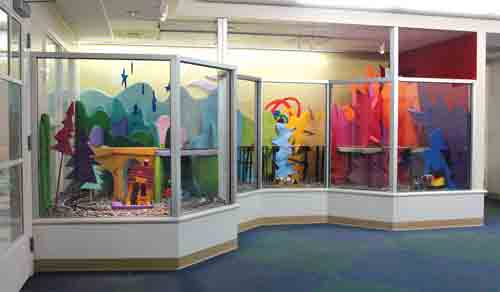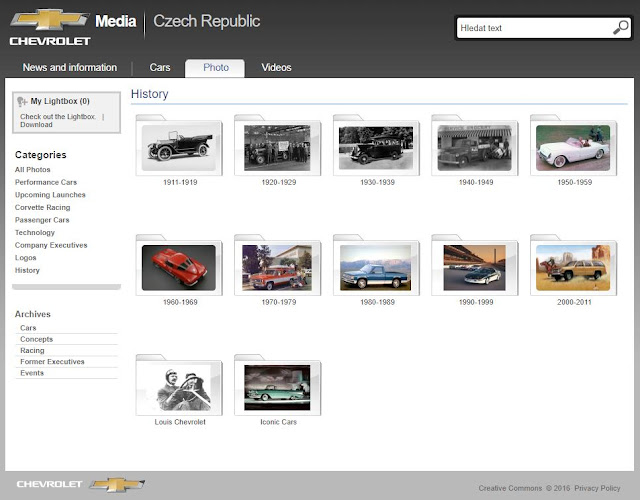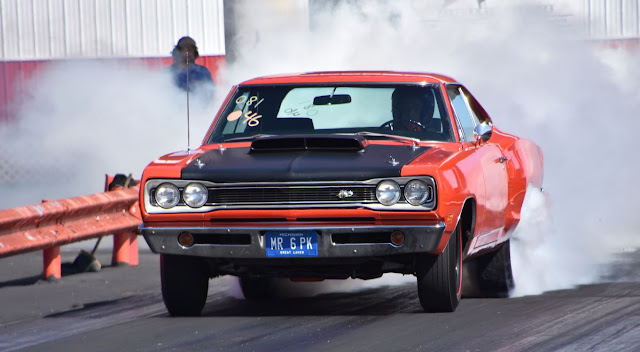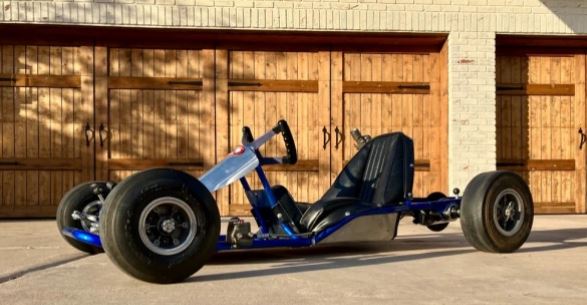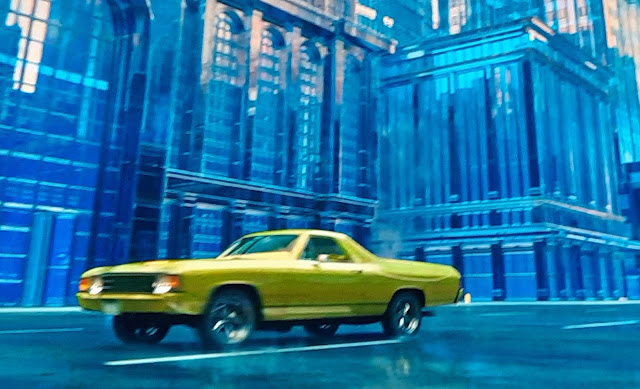Saturday, November 19, 2022
Santa Fe 2-10-4 No. 5030, displayed in a Santa Fe park since 1959, is getting a refresh thanks to the Old Santa Fe Association
I just learned that the San Diego Garden Railway Society installed a train set in the radiology department of the San Diego’s Children’s Hospital
Bob’s design was totally different from the original layout. It was pure whimsy and fantasy. Furthermore, this design had a specific purpose. His concept was that the layout would represent a journey from an apprehensive, rocky area to a calming, pastoral area, much like what the children at the hospital go through. Trains would travel through the entire color spectrum, from the jagged red and purple mountains to the rolling green and blue hills. Bob’s concept and design were unanimously approved
Railroad hospitals, ever heard of them? They were a medical-care system that provided complete employee medical through compulsory payroll deduction.
Medical care through fixed periodic payment was also widespread in industrial-scale western metals mining (Montana, Idaho, Colorado, Utah, Arizona, Nevada), industrial-scale lumbering in Oregon, Washington, and California, and in coal mining throughout the United States. Some steel mills and large, integrated industrial establishments also featured company medical systems, such as Tennessee Coal, Iron & Railroad Co. in Birmingham. The first railroad hospital, in Sacramento, California, and railroad health-care system was instituted by the Central Pacific Railroad in 1865. The same system began to appear in coal mining at about the same time, some believe it was an outgrowth of British coal-mining practice but there's not a lot of information about the origins of employee medical-care systems in the 1800s.
The system only indirectly arose from the high injury rate; the root causes were:
(1) the Federal Employers' Liability Law and no federal or state workmen's compensation law, which enabled the employee injured in the line of duty to recover damages from the employer through a lawsuit, which as interpreted by a jury of peers (and in a railroad town whom else might be found on the jury) was viewed by the railroad companies as too lucrative to the injured employee;
(2) a lack of established medical services in remote and frontier environments, and lack of likelihood that medical services would self-develop without company support;
(3) inclusion of medical care in employment was viewed by companies as an inducement to attract employees that otherwise would decline to work in remote and frontier environments;
(4) an widespread ethos of paternalistic practices by large corporations during this era, particularly because the labor force was so heavily made up of immigrants; corporations as well as the general public felt that the labor force needed to be Americanized in language, culture, lifestyle, and social practice.
The very first medical subspecialty organization in the U.S. was the Railway Surgeons. Unlike physicians of today who at least in theory are supposed to put the interests of the patient before the interests of anyone or any institution or company, the Railway Physicians gave their primary allegiance to the company, and viewed their major challenges as the identification of malingerers, defending the company against lawsuits, competition from unaffiliated physicians, and maintaining their access to the free pass.
Unlike railways, compulsory medical care in the mining industries typically included the employee's families. Pregnancy was not covered; the employee paid a separate and often exorbitant fee to the company medical system for each birth. Treatment for venereal disease was excluded in virtually all company-administered medical-care systems.
Company medical systems in coal mining often provided grossly substandard medical care offered by unqualified or unlicensed physicians in squalid clinics. Many coal mining companies used the medical system as a profit center with captive customers. A major investigation of coal mining medical systems at the direction of President Franklin D. Roosevelt and conducted by the U.S. Naval Health Service in the mid-1930s resulted in exposure of these practices, with the result being that coal mining health care was transferred to the United Mine Workers Union, and the burden of payment effectively transferred from the coal miner to the coal consumer. Railroad medical systems suffered a less ignominous outcome because unlike coal mining their hospitals and institutions were large-city based and thus had greater pressure to conform with progressive medical and social thought and standards. They gradually faded away under cost pressures into typical PPO or HMO type insurance; I believe the last railway hospital to close was the Southern Pacific hospital in San Francisco in the 1970s. Some railroad hospital associations still exist, but are entirely an insurance organization.
The traveling public was rarely treated in a railroad hospital; treatment by a railway surgeon or hospital usually required the passenger to sign away his or her right to sue for damages. The level of treatment was at the discretion of the railway surgeon and the outcomes for the patient were whatever the railway surgeon said they ought to be. This is not to be confused with emergency medical treatment.
Of tangential but striking interest, railways that offered medical care systems had a strikingly lower employee fatality rate than railways that did not, in the 1905-1920 period. (I did a multiple regression analysis back in graduate school to see if this was the case.) The three safest raillroads in the country, in terms of number of employee fatalities per total man-hours of employment were the Southern Pacific, Union Pacific, Santa Fe, Illinois Central, and Denver & Rio Grande Western -- all at least two standard deviations above the norm most years. The least safe railroads were the New York Central and Pennsylvania Railroad -- three standard deviations below the norm most years. The least safe western railroad was the Milwaukee Road. I seriously doubt that the railroad medical care system had any direct influence on reducing the fatality rate, but more likely a railroad that had a management style that would include a hospital system also was a railroad that took safety more seriously, and a railroad that needed a hospital system by reasons of remoteness was one that had more incentive to not kill off too many employees, as replacements were not close at hand as they were in the teeming cities of the Official Territory. Official Territory states were also the first to pass state Workmen's Compensation laws (New York State 1910), which removed much of the benefit to a railway of operating a railway medical system.
It's also of interest that compulsory Workmen's Compensation laws, bitterly opposed by business interests and rural states for many years, extending into the last Southern state, Mississippi, not until in 1948, was opposed by business because without employees could only seek redress through the courts. Poll taxes and jury selection criteria in the early 1900s tended to favor juries composed of businessmen. Later after the abolition of restrictions on jury composition, business interests realized the jury system was becoming adverse to their economic interests, and flipped their position to support Workmen's Compensation. Railroads are still outside of the Workmen's Compensation system.
Stan Johnson's book, The Milwaukee Road's Western Extension, which has a chapter devoted to medical care for the workers.
Of tangential but striking interest, railways that offered medical care systems had a strikingly lower employee fatality rate than railways that did not, in the 1905-1920 period. (I did a multiple regression analysis back in graduate school to see if this was the case.) The three safest raillroads in the country, in terms of number of employee fatalities per total man-hours of employment were the Southern Pacific, Union Pacific, Santa Fe, Illinois Central, and Denver & Rio Grande Western -- all at least two standard deviations above the norm most years. The least safe railroads were the New York Central and Pennsylvania Railroad -- three standard deviations below the norm most years. The least safe western railroad was the Milwaukee Road. I seriously doubt that the railroad medical care system had any direct influence on reducing the fatality rate, but more likely a railroad that had a management style that would include a hospital system also was a railroad that took safety more seriously, and a railroad that needed a hospital system by reasons of remoteness was one that had more incentive to not kill off too many employees, as replacements were not close at hand as they were in the teeming cities of the Official Territory. Official Territory states were also the first to pass state Workmen's Compensation laws (New York State 1910), which removed much of the benefit to a railway of operating a railway medical system.
https://cs.trains.com/trn/f/111/t/128096.aspx
sweet 55 Nomad
typical scumbag former Border Patrol agent charged for hiring undocumented illegal aliens as cheaper commercial truck drivers
The scheme to hire the workers involved a letter from a fictitious Mexican trucking company which was used in the process of helping them to obtain an I-94 permit, which allows a visitor to travel farther than 25 miles from the border and remain in the United States for more than 30 days.
The U.S. deployed B-1B supersonic bombers in joint drills over South Korea earlier this month for the first time in five years after North Korea had ramped up its missile testing and overt aggression in the region.
The U.S. deployed B-1B supersonic bombers in joint drills over South Korea earlier this month for the first time in five years after North Korea had ramped up its missile testing and overt aggression in the region.
Bob Karakashian has hung on to his A12 Super Bee Six Pack for over 50 years
The Mopar gearhead he was, Bob asked Tom Hoover for some advice on what new car to purchase. “Bobby, I think we have a new package coming out that you’re really going to like,” said Hoover.
With that, Hoover gave Bob all the specs on the new mid-year A12 Six Pack option on the 1969 Super Bee with a matte black fiberglass liftoff hood held on by hood pins, Dana 60 axle with a 4.10 ratio and, of course, a 390-horsepower 440 big-block with three Holley carburetors mounted on an aluminum Edelbrock intake
With a mere 1,400 miles on the Super Bee’s odometer and with that pungent new car smell emanating from the interior, a Racer Brown SSH-25 camshaft and JR Headers got installed to give the already stout 440 Six Pack even more horsepower. “My mother and father were so upset seeing their son take apart his brand-new car, but when they saw Mr. Hoover helping me and teaching me things like how to degree a camshaft, set ignition timing, adjusting the carburetors and other things, my parents’ attitude quickly changed.
By the early to mid-1970s, Bob’s Six Pack Super Bee saw less street duty and more drag strip usage, specifically racing in Super Stock and eventually Stock Eliminator. During this period, Bob’s Super Bee was used as a development vehicle to evaluate prototype performance parts and packages for the new Mopar Direct Connection program.
With its original red paint still shining bright, pristine engine compartment looking as if you can eat off it and interior that smells as fresh as when it was delivered to the dealer in the spring of 1969, it’s hard to tell Bob’s Super Bee has made thousands of passes down the drag strip. Make no mistake, it may look like a restored muscle car with only 20,000 miles, but Bob’s basically stock blueprinted 440 Six Pack Super Bee can click off 12.0-second ETs on the skinny production G70X15 Redline Bias Ply tires anytime at any track.
Gray Baskerville and his '32 roadster
Baskerville's '32 was originally built as a drag car by Paul Horning, but was found to be too heavy to race and was converted to street car use. Horning was killed in a motorcycle accident before he could have any fun with it.
Dave and Mike found a Mach 1 in a junkyard, and have the tv show money expense account to buy it, and get it running... damn, ain't that sweet!
It's REALLY nice to see photos I made show up on some friend's facebook page!
I took this photo, and many others, at the Motor Transport Museum here in San Diego county. If you'd like to see the other photos of this 1939 White, https://justacarguy.blogspot.com/2013/02/1939-white-cab-over-engine-coe.html
the Subaru flat-12, built for F1 racing, the largest and least-successful design in Subaru history
This 1925 American LaFrance Type 75 was originally dispatched to the West Palm Beach Florida Fire Department, and served as pumper #4 until about 1966.
Of course, for such an enjoyable use, unlike museum time showing it's functional accessories, I'd leave everything in storage like that spotlight, extinguishers, ladders
After it's retirement, the pump was removed and a simple touring style body was installed, and it served duty at a resort providing transport for wedding parties and tours.
The chain drive American LaFrance chassis traces its origin to the early days of motoring. The design of the 1904 Mercedes was recognized as the most advanced at the time, and many manufacturers followed the design and configuration. The Simplex Automobile Co. was one such manufacturer. The Mercedes 50hp was copied by Simplex in New York City.
The engines were large T head models with three speed transaxles and dual chain drive to the rear wheels. They even copied the shape of the radiator.
When American LaFrance decided to seriously get into motorized fire apparatus in 1909, they bought two Simplex car chassis upon which they built two rigs. They then went on in 1910 to copy the Simplex and built their own rigs from the ground up to a larger capacity then the Simplex/Benz. American LaFrance offered their chain drive chassis until 1927
https://www.hemmings.com/classifieds/cars-for-sale/american-lafrance/type-75/2636621.html
Am I right in thinking this is a roadster?
Go Kart appreciation. They cost too much then, cost too much now, and I still want one. Anyone that's had some time in one at a go kart racing track probably feels the same
Friday, November 18, 2022
Thanks Terry for sharing these cool photos! Now HERE'S a look behind the scenes of railroad bridges!
an Italian government project is under way to transform the Appian Way (Via Appia) into a pilgrimage route from buzzing Rome to nautical Brindisi,
the 1981 Cadillac Sedan de Ville d'Elegance had a factory AM/FM/CB radio/8 track

Newsflash: Bullitt is getting remade, Spielberg is directing, Bradley Cooper is starring
So, how about a car chase scene that compares to the original?
https://ew.com/movies/bradley-cooper-playing-steve-mcqueen-role-bullitt-movie-steven-spielberg/
Hemmings didn't give away magazines at SEMA this year, but their website is still putting up really damn good content daily, like this 1925 American LaFrance Type 75, SEMA coverage, and a Canadian 1966 Studebaker Daytona Sport Sedan
https://www.hemmings.com/stories/sema-lt4-1968-international-travelall/
https://www.hemmings.com/stories/driveable-dream-1966-studebaker-daytona/
https://www.hemmings.com/stories/supercar-reunion-returns-to-kentucky/





